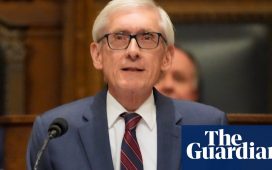Unlock the Editor’s Digest for free
Roula Khalaf, Editor of the FT, selects her favourite stories in this weekly newsletter.
Hurricane Milton made landfall on Florida’s highly populated western coast on Wednesday evening, bringing life-threatening flooding and extreme winds to the state for the second time in two weeks.
The storm made landfall near Siesta Key in Sarasota County as a category 3 storm with winds of 120mph, the US’s National Hurricane Center said. It is forecast to remain at hurricane strength while it moves across central Florida on Thursday.
The NHC warned of “life-threatening” gusts, tornadoes and storm surges of up to 13 feet.
The head of the US Federal Emergency Management Agency, Deanne Criswell, on Wednesday said Milton would be a “deadly and catastrophic storm” bringing “massive storm surge, high winds and severe flooding” to Florida.
Milton is the second major hurricane to hit the US in a fortnight. It comes after Hurricane Helene wreaked havoc across several south-eastern states, killing more than 225 people and destroying roads across western North Carolina.
Hurricane Milton could trigger insurance losses of up to $60bn, with analysts warning the US’s 2024 hurricane season will “dent” insurers’ profitability.
Credit rating agency Morningstar DBRS warned that accumulation of losses over the 2024 hurricane season, which runs until the end of November, would “likely make a dent in insurers’ profitability”, particularly for those with “significant exposures to personal lines in Florida”.
While south-east Florida has long been seen as a high-risk area for hurricanes, insurers considered the northern part of the state as a more attractive place to write policies, said Oscar Seikaly, chief executive of NSI Insurance, a Miami-based group.
“Insurers have been balancing their business by writing lots of policies up north, which historically was pretty safe — until recently,” he said.
Seikaly added the potential damage in the area, where many houses are not built to withstand major storm events, could be severe. “There are still frame houses and those are the ones that fly if you have a tropical storm,” he said.
Before Milton made landfall, Florida governor Ron DeSantis said 6,000 members of the Florida National Guard and 3,000 from other states were standing ready to respond to its aftermath.
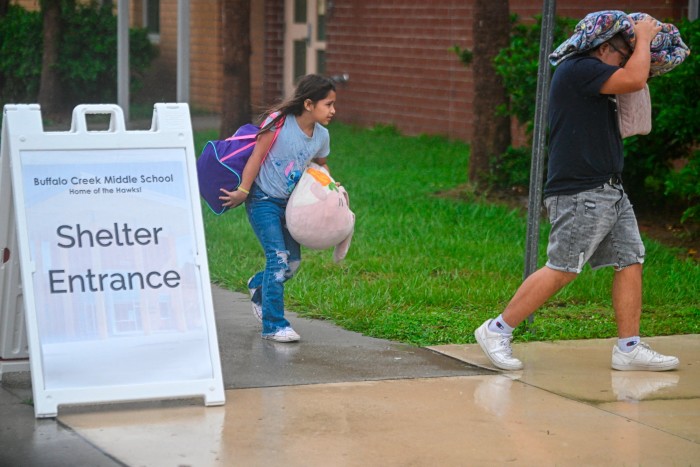
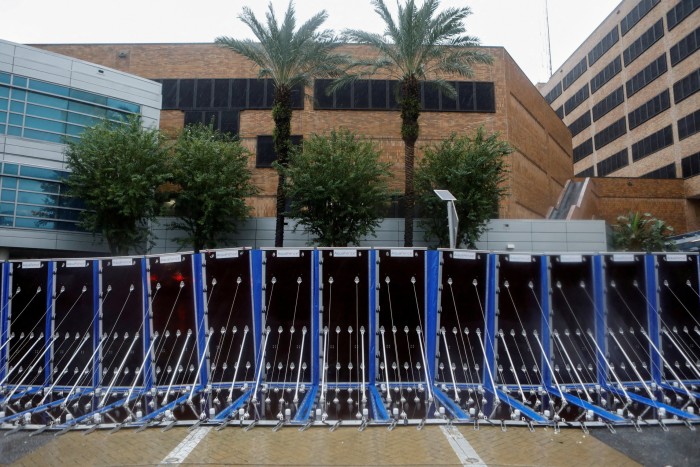
“This is the largest Florida National Guard search and rescue mobilisation in the entire history of the state of Florida,” he told reporters on Wednesday.
President Joe Biden on Wednesday criticised Republican presidential candidate Donald Trump for leading an “onslaught of lies” about the US government’s response to the storm.
Trump has sought to politicise both Hurricane Helene and Hurricane Milton by accusing the Biden administration of not doing enough to help communities hit by the storms. He has also spread false information about the amount of financial aid available to people fleeing disaster areas.
“For the last few weeks, there’s been a reckless, irresponsible and relentless promotion of disinformation and outright lies that are disturbing people,” said Biden. “It’s undermining confidence in the incredible rescue and recovery work that has already been taken and will continue to be taken. It’s harmful to those who need help the most.”
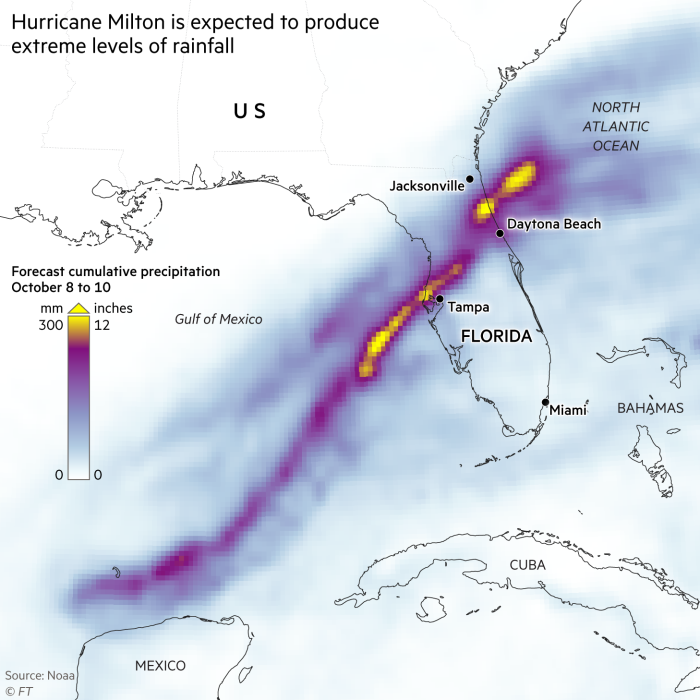
In the Tampa Bay area, officials sent text messages and called people to warn them of the dangers of failing to evacuate their homes. In Pinellas County, which sits on the peninsula that forms Tampa Bay, officials warned people to “get out now”.
An independent group of climate scientists said human-caused climate change had boosted Hurricane Helene’s devastating rainfall by about 10 per cent and intensified its winds by about 11 per cent.
Global warming from the burning of fossil fuels had made the high sea temperatures that fuelled the storm 200 to 500 times more likely, the World Weather Attribution group found in a new report.
Climate Capital
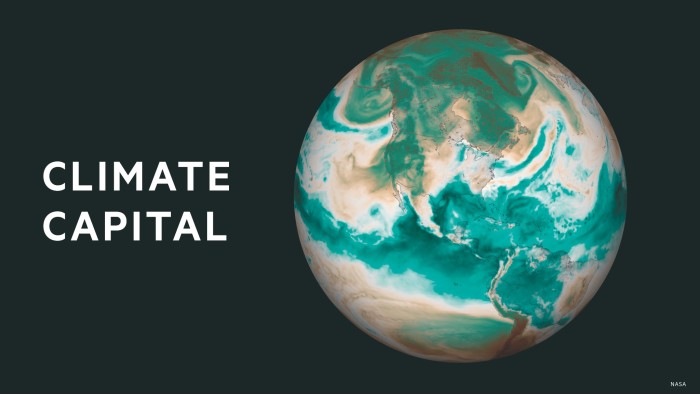
Where climate change meets business, markets and politics. Explore the FT’s coverage here.
Are you curious about the FT’s environmental sustainability commitments? Find out more about our science-based targets here









